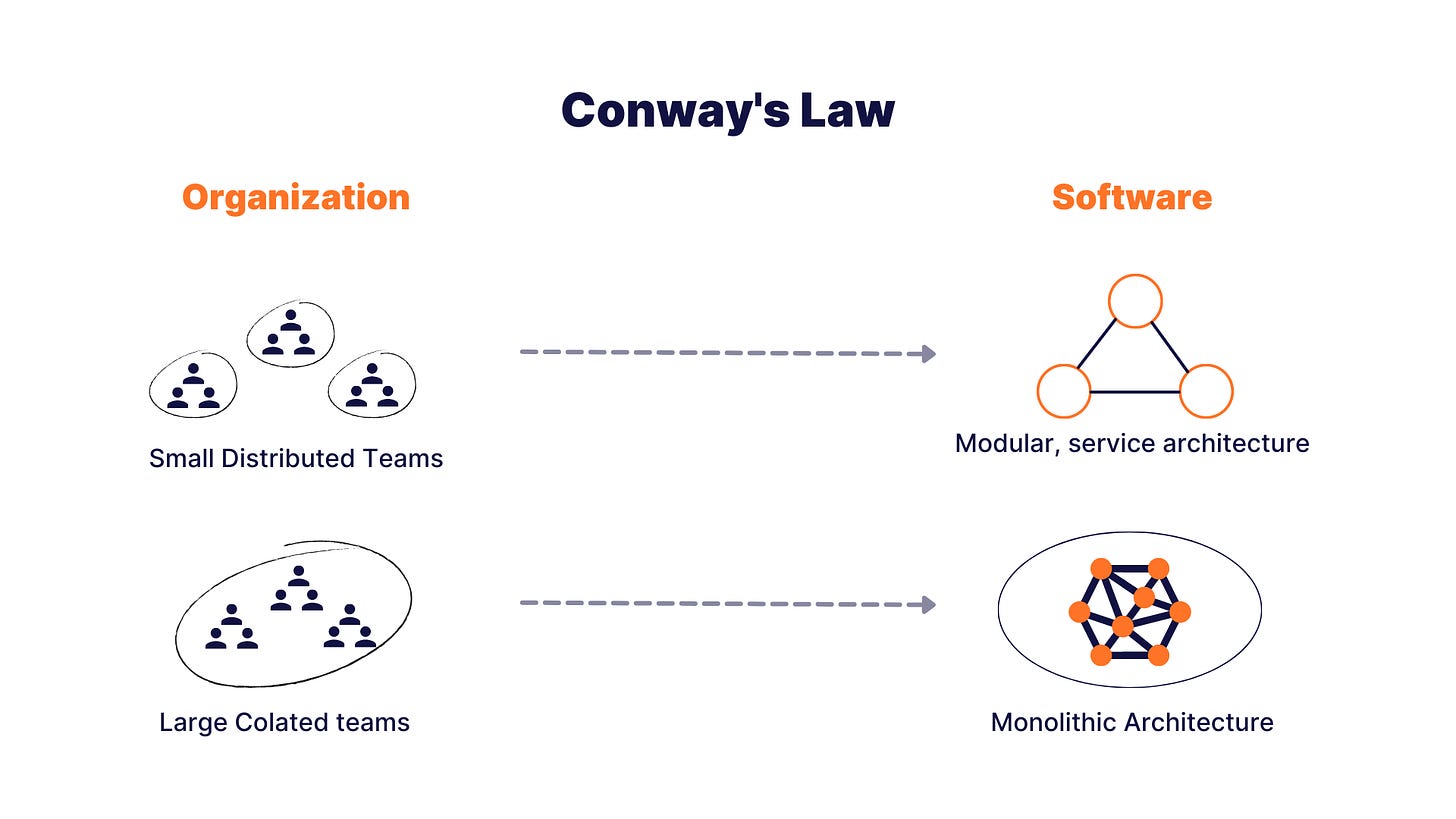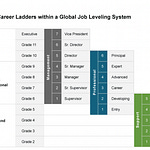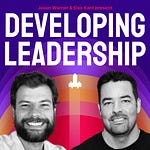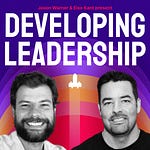Co-Founder and CEO of Moov Financial, Wade Arnold, has had a hell of a journey as a software engineering leader. He joins us on the podcast to chat about building companies, attracting great software engineering talent, and increasing velocity as you scale.
Here are a few of our favorite moments from the conversation
It's always been a passion for me to use computers and the internet and technology as a fun creative outlet. What we build with software is truly an art.
One of my secret powers that made Banno successful was my ability to call bullshit and be relatable to software engineers. The biggest thing that people complain about is they can't find any engineers, and that's never been a problem for me. Software engineers love coming and working in an environment where their craft really shines.
“Can you be that leader that's the most technically competent” to “can you create an environment where the most technically competent people wanna come and lead?” has been my hardest transition. It’s about realizing maybe I can't be the best programmer, but what environment allows my coworkers to thrive?
There's no code at Moov, outside of open-source libraries, that I've ever written. And I'm not in the path of a sprint, I'm not in any technical discussions, on how we do scalability. But obviously, I have my fingerprint all over the leadership team and who I picked in order to do those efforts. Turns out we hire more technical people than we ever were in our entire life.
It feels like we're trying to reconstruct all these cathedrals when, in fact, we should be getting these things in front of the customers and out into production and everything else should be a support of that. It's an amazing insight, and I think one that is important for start-ups in particular because you could over-engineer your way before you've ever validated that the idea should exist in the first place. And that really boxes you in in the long run.
I can guarantee, if you’re an engineering leader listening to this podcast right now that says “I can't get work done inside my organization,” and you also have 50, 30, 100 plus microservices, figure out which one of those things can be sets of applications. You could probably put your throughput through the roof instantaneously.
The DevOps pipeline or CICD pipeline shouldn't and doesn't stop with engineering. It's just one more part of, at the end of the day, the value we bring to a customer. The moment you start plugging in every non-engineering team into that process, besides running things in parallel, you're also signaling to the engineering org that value comes from the end-user using the feature and actually getting the value from it.
The way I use computer science today is the same way I did when I was 10 years old and just trying to build something new. Computer science to me is a tool. For a period of my life, it became very academic, so my organization was academic, and I really do feel like I'm back to my roots of this is a tool to change, frankly, how humanity works.
💡 Topic Explainers
🛠 Wade’s Three Essential Engineering Metrics
At around the 20-minute mark, Wade mentions the three numbers that can tell you how any engineering organization is running.
You get those three metrics from answering these three questions:
How fast are we shipping?
What’s the churn on our code-base?
How long does it take from a pull request to production?
Wade adds: “those are different questions that are more product-led, but from engineering, culture Pull Request to Prod is probably the only metric you need to understand the health of the organization.”
There has never been a more perfect time for this shameless plug - but if you’re interested in looking into some of these metrics, go to athenian.com
🛠 Conway’s Law
When talking about scaling engineering teams and increasing velocity (a challenge we’ve talked about before on the podcast) Wade brings computer science and applies it to organizational behavior. In doing so, he mentions Conway’s Law, which states that:
“Any organization that designs a system (defined broadly) will produce a design whose structure is a copy of the organization's communication structure.” — Melvin E. Conway
Here’s an example we borrowed from sketchplanations:
Join the discussion and follow us on twitter @ devleadership_
Developing Leadership is powered by Athenian. We are introducing a winning approach to engineering metrics that can help you empower your teams to autonomously improve. If you want to learn more, go to athenian.com













